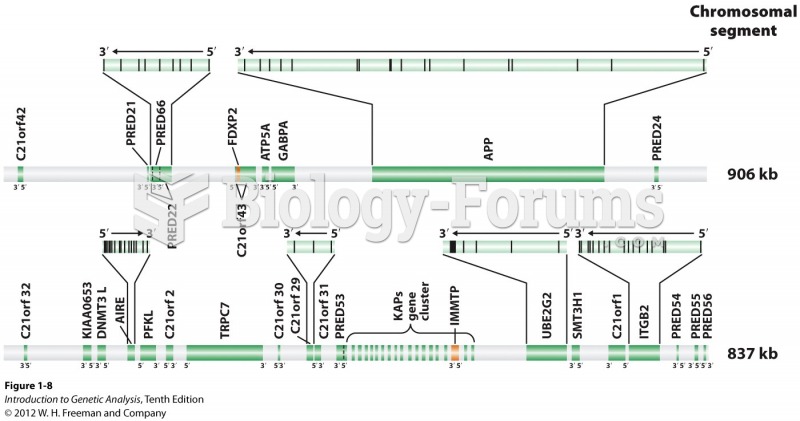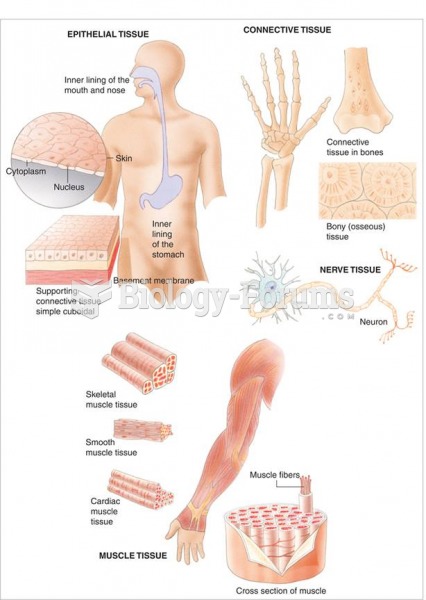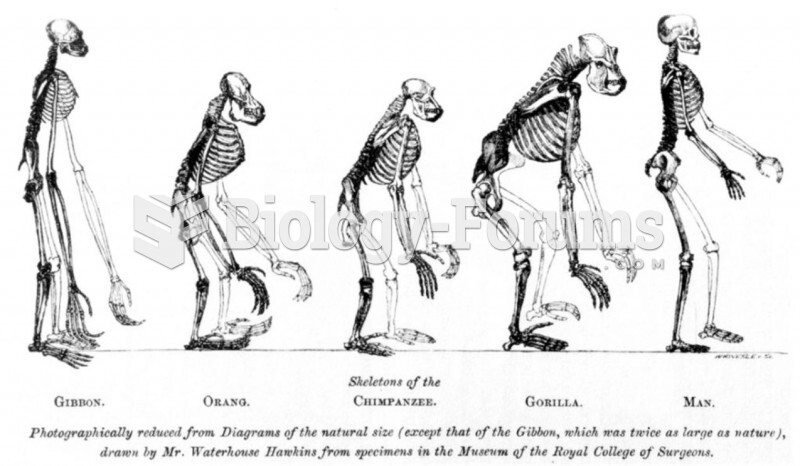Answer to Question 1Answer:
Human smuggling is a form of illegal immigration in which an agent is involved for payment to help a person clandestinely cross a border. It generally occurs with the consent of the people being smuggled, who often pay for the services.
Trafficking in persons is a modern-day form of slavery that involves the exploitation of unwilling people through force, coercion, threat, or deception and includes human rights abuses such as debt bondage, deprivation of liberty, or lack of control over freedom and labor. Trafficking is often undertaken for purposes of sexual exploitation or labor exploitation.
Key distinctions between the two crimes include:
- Trafficking must contain an element of force, fraud, or coercion; the person being smuggled is generally cooperating
- Trafficking involves forced labor and/or exploitation; smuggling does not
- Persons trafficked are victims; persons smuggled are violating the law and are not victims
- Persons trafficked are enslaved, subjected to limited movement or isolation, or have documents confiscated; persons smuggled are free to leave, change jobs, etc.
- Trafficking does not have to involve the actual movement of the victim; smuggling facilities a persons illegal entry from one country to another
- Trafficking does not have to involve crossing an international border; smuggling always crosses an international border
- Persons being trafficked must be involved in labor, services, or commercial sex acts; persons being smuggled must only be in the country or attempting entry illegally
Answer to Question 2Answer:
The crime rates of different nations are difficult to compare because of differences in the way a given crime is defined; diverse crime-reporting practices; and political, social, economic, and other influences on the reporting of statistics to international agencies.
The biggest problem is d
efinitional differences. For cross-national comparisons of crime data to be meaningful, the reported data need to share conceptual similarities, but because nations report offenses according to their individual legal criteria, this may not be the case. For example, in Japan, an assault resulting in death is classified as an assault or aggravated assault; in the U.S., this would be classified as a homicide.
Reporting practices vary greatly among different countries. The only international organizations that regularly collect crime statistics from a large number of countries are INTERPOL and the UN, and many countries do not disclose the requested information or make only partial reports.
Economic, social, and political differences among countries also affect crime statistics. For example, the U.S. has a much higher rate of auto theft than Bangladesh in part because private ownership of automobiles is not common in Bangladesh and there are few cars in the country. Countries may not accurate report the frequency of certain kinds of culturally reprehensible crimes.







